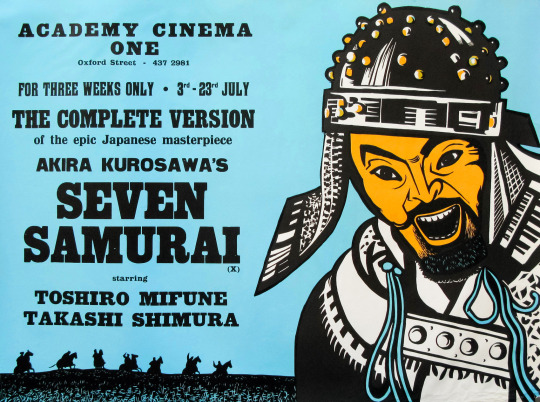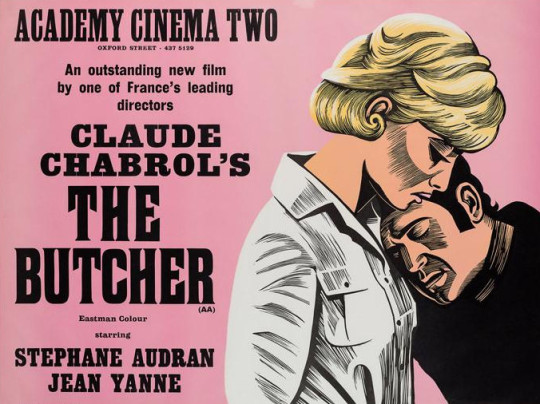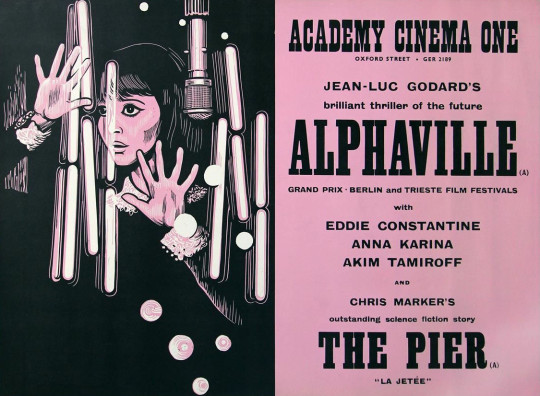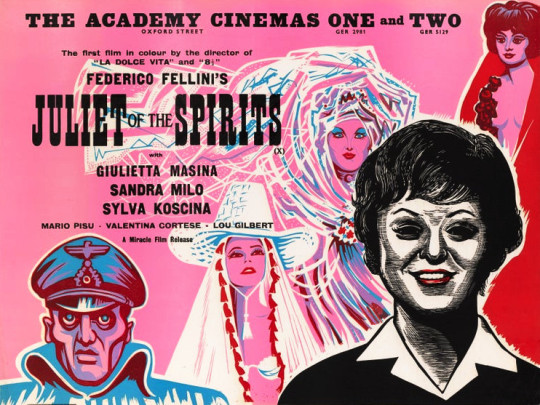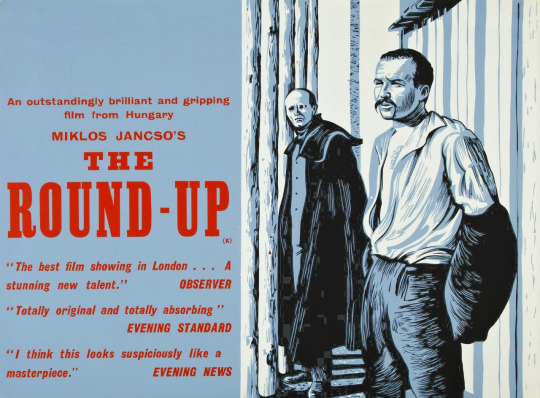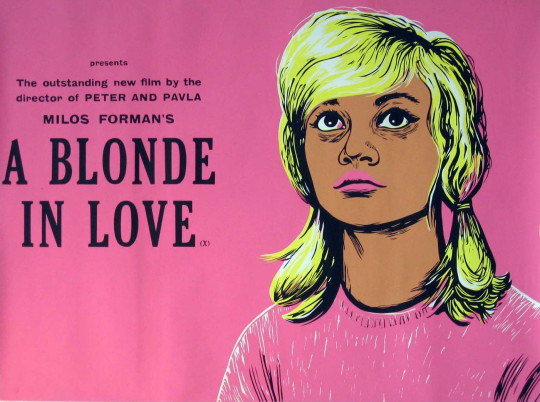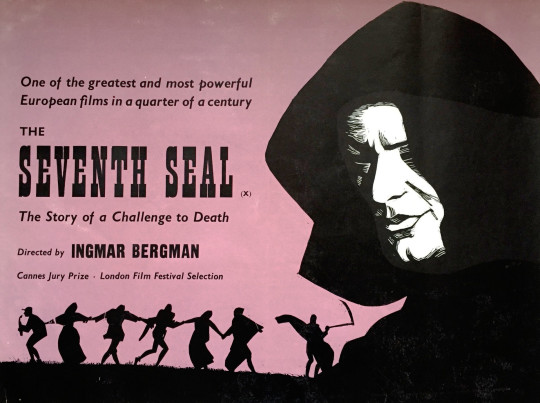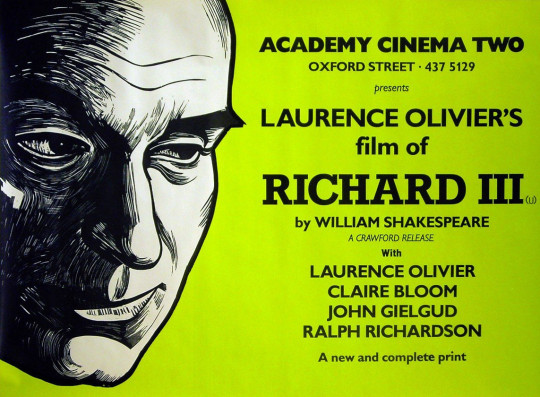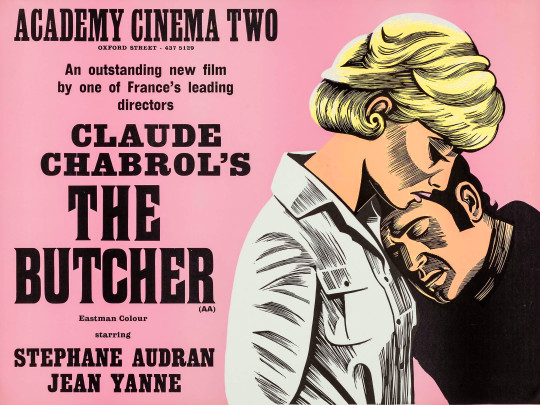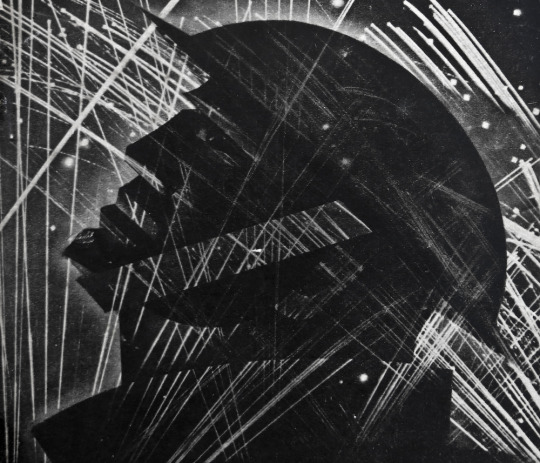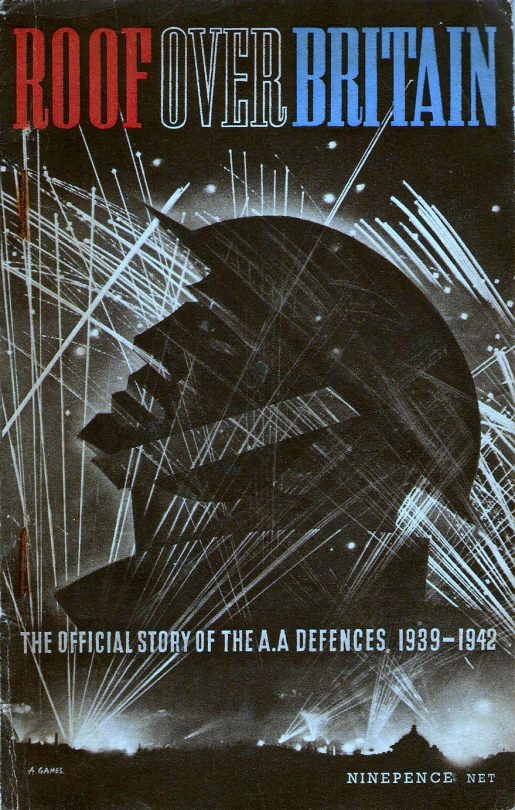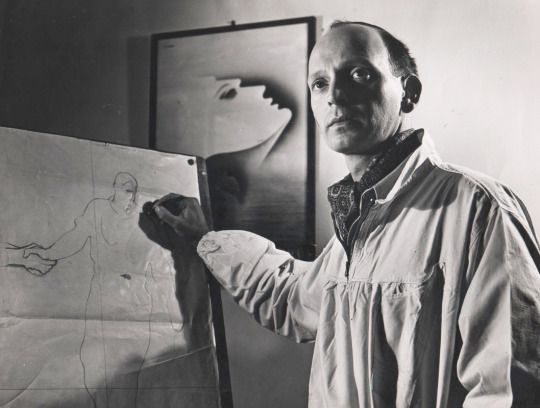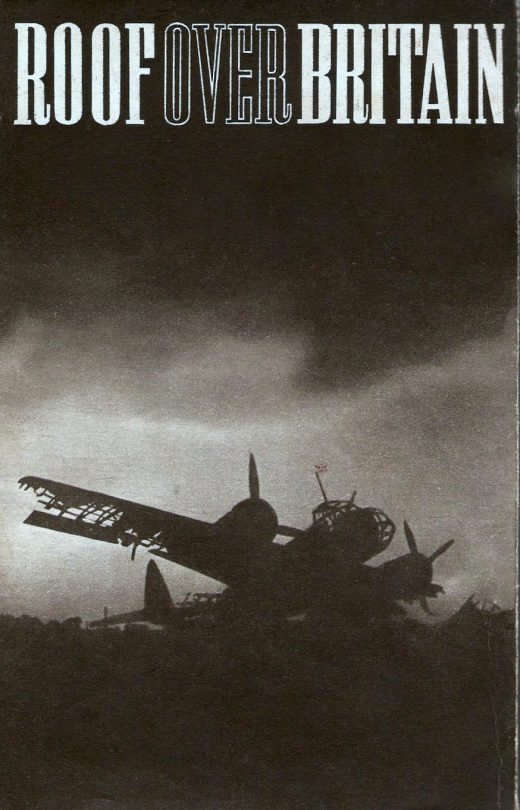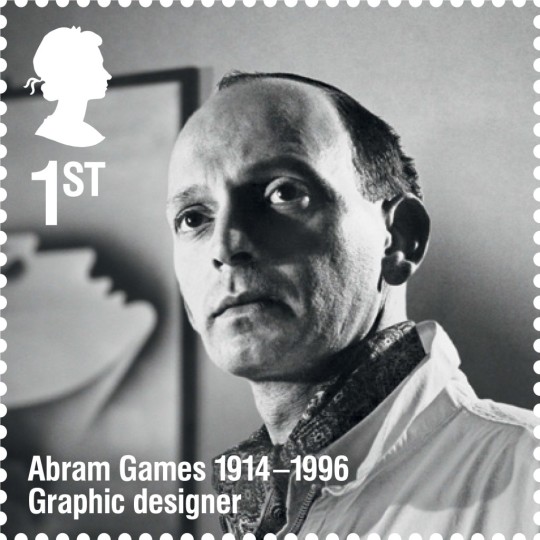The Academy was a cinema located at 165 Oxford Street, London. Replacing another cinema, in 1931 the Academy opened, becoming London’s pre-eminent art house cinema, and for over 50 years introduced British audiences to major films, beginning with auteurs such as Jean Renoir and Marcel Carné; in later years the Academy largely established the reputations of Ingmar Bergman, Andrzej Wajda, Satyajit Ray, Jean-Luc Godard, Miklós Jancsó and others in Britain.
The Academy’s high standards were maintained by a succession of three managers: Elsie Cohen, George Hoellering and Ivo Jarosy. The cinema was damaged during a bombing raid in 1940 and re-opened in 1944.
In 1948, in order to remedy the lack of initiative shown by the Tate Gallery (and other institutions) in informing the British public about contemporary artistic movements, the ICA (with offices in Charlotte Street) mounted its first exhibition, ‘40 Years of Modern Art: a Selection from British Collections’. The ICA signalled its new approach to the arts by choosing the basement of the Academy rather than an already sanctified ‘art space’. Organised by Roland Penrose, this groundbreaking exhibition opened in February 1948 included works by Pierre Matisse, Pierre Bonnard, Pablo Picasso, Salvadore Dali, René Magritte and Vassily Kandinsky, as well as British contemporaries Francis Bacon, Eduardo Paolozzi, Victor Pasmore and Barbara Hepworth
Academy One opened in May 1964, the small Academy Two in March 1965, and Academy Three in April 1967 after some considerable strengthening and rebuilding in the basement. Hoellering died in 1980; the theatres closed permanently on 2 April 1986 and were demolished in 1989.
These posters are all designed by Peter Strausfeld and I really love the alternative take on poster design with a simple illustration to sum up the film. Poster design is rarely uniform but somehow Strausfeld’s style and punchy bold typefaces make for a beautiful combination.
